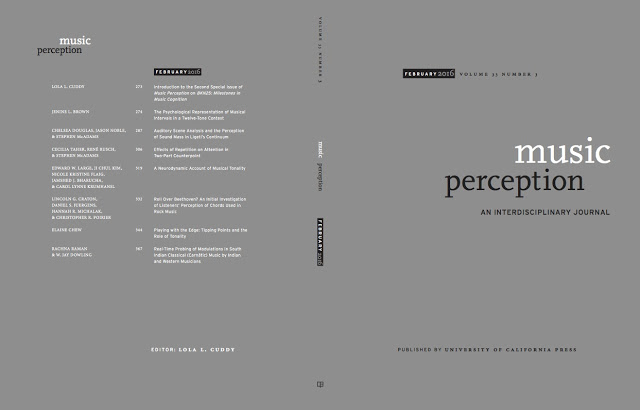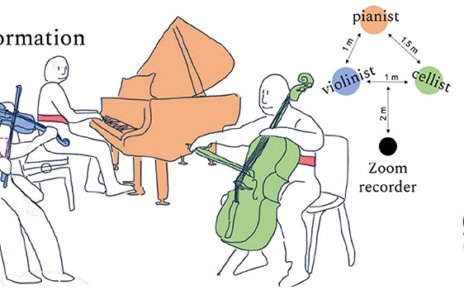Chew, E. (2016). Playing with the edge: Tipping points and the role of tonality. In Stephen McAdams, David Temperley, Alexander Rozin (eds.): Milestones in Music Cognition Special Issue, Music Perception, 33(3):344-366. doi: 10.1525/MP.2016.33.03.344
This article focuses on the phenomenon of tipping points—a case of extreme pulse elasticity—in music performance, and the dynamic interplay between tonal structure and musical timing. In a talk at the Performance Studies Network 2 conference in 2013, I first introduced the concept of tipping points in music performance. The tipping point analogy in music has been further explored in a number of lectures—including at the Milestones in Music Cognition (BKN) symposium (see www.music.mcgill.ca/bkn25/videos.php#Chew), and at the International Congress on Music and Mathematics (ICMM) (see vimeo.com/112980119). A short proceedings paper (Chew 2015) defines tipping points and provides three illustrative examples. This article presents the principles of tipping points in performance timing. It re-visits some of the earlier examples, with new and deeper analyses. The article considers the role of tonality in a number of tipping point examples, in particular, that of cadential tipping points, thus connecting the latest thinking on the subject of tipping points with some of my earlier work on the modeling of tonality.
[ Journal site | Paper preprint ]
Invited lecture, Tonality and the Choreography of Expectation, at the Milestones in Music Cognition (aka the BKN) Symposium at McGill University, celebrating the 25th anniversary of the publication of seminal books by Bregman, Krumhansl, and Narmour.
Invited lecture, The Mechanics of Tipping Points: A Case of Extreme Elasticity in Expressive Timing, at the International Congress on Music & Mathematics. Due to UK visa issues, this video with Skype questions formed the substitute for an in-person presentation.
Cadential tipping point in Argerich’s performance of the cadenza of Strauss’ Burleske.
Cadential tipping point in Chew’s performance of the initial bars of Child’s “Epilogue” from Doubles (1998-1999).




